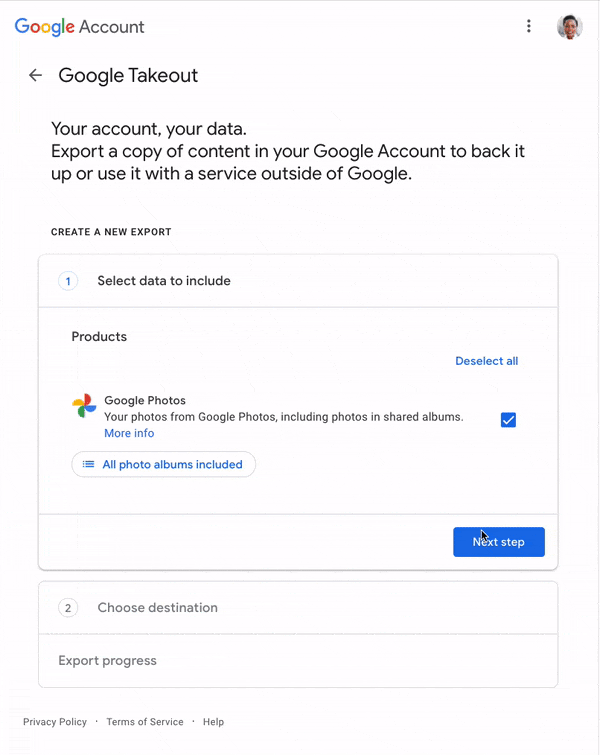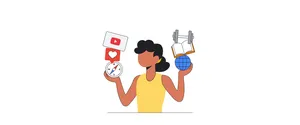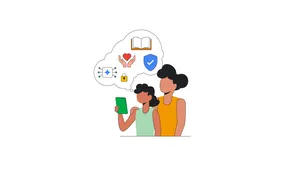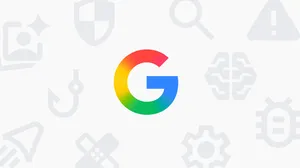Our work to move data portability forward
Editor’s note: Google and the Data Transfer Project recently submitted comments to the Federal Trade Commission (FTC) about data portability. Ahead of tomorrow’s “Data To Go” workshop with the FTC, we’re sharing an overview of our work along with some updates.
When it’s easy for people to move their data to competing products, the pressure is on us to build the products they like best. And that’s how it should be: we want people to use our products and services because they prefer them, not because they feel locked in.
This principle is at the heart of Takeout, our data portability tool that helps people export copies of their data from more than 70 Google products, including Gmail, Drive and Photos. Today there’s an average of more than two million exports per month from Takeout with more than 200 billion files exported in 2019.
People use Takeout for lots of different reasons: backing up their data, getting a bird’s eye view of what’s in their account, or moving their data to a different service without first downloading it onto a device. We first supported direct transfer of data archives in 2016, and since then have launched a scheduled export service, as well as the ability to transfer photos directly from Google Photos to Flickr and Microsoft OneDrive. Today we’re announcing that we’ve added more granular controls, so you can transfer specific albums, rather than your entire library. Millions of photos have already been transferred since we began to roll this out.

Improving data portability through the Data Transfer Project
The principles that underpin Takeout also apply to the Data Transfer Project (DTP), an industry-wide effort that we founded and continue to lead with Microsoft, Twitter, Facebook, and Apple.
In many ways, DTP is an extension of the direct transfer functionality that we’ve had in Takeout for years. It’s an open-source data portability platform that enables people to move their data directly from one service provider to another. This can help people test a new service, or move data if they have slow or metered connections, like a mobile device in an area without access to high-speed broadband. Downloading and re-uploading data can be expensive, if not impossible, under those types of conditions.
Along with our partners in the project, we’ve brought other companies into the fold and moved the project forward. In 2018, Google gave the first public demo of the first prototype of the Data Transfer Project, showing how easy it could be to move cat photos between two services. Last fall, we launched the first publicly-available direct transfer built with Data Transfer Project code, enabling people to move their Google Photos library to Flickr. With the addition of Microsoft OneDrive as a destination earlier this year, and today's announcement of a photo album selection feature, we’re continuing our commitment to making portability more practical and widely available.
People should be able to use their data with the services that they like best, whether they’re made by established companies, upstarts with brand new products, or anything in between. The more services that join the Data Transfer Project, the more practical it becomes for people to try new services—so we encourage companies of all sizes to check it out and get involved. Details on how to participate are on the website. We’re looking forward to continuing our investments in Takeout, the Data Transfer Project, and data portability more broadly for many years to come.






